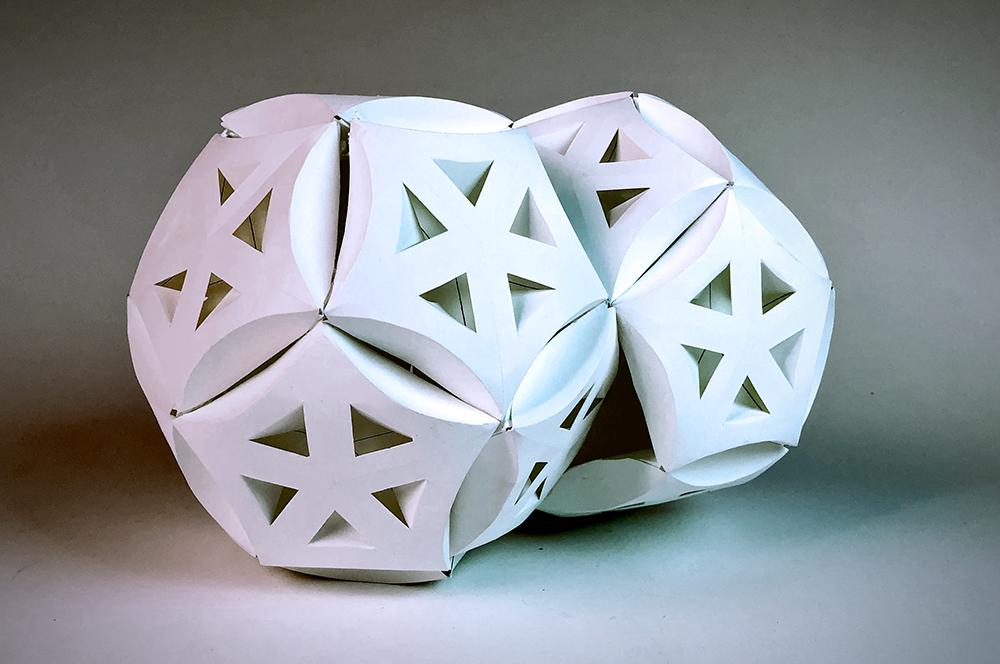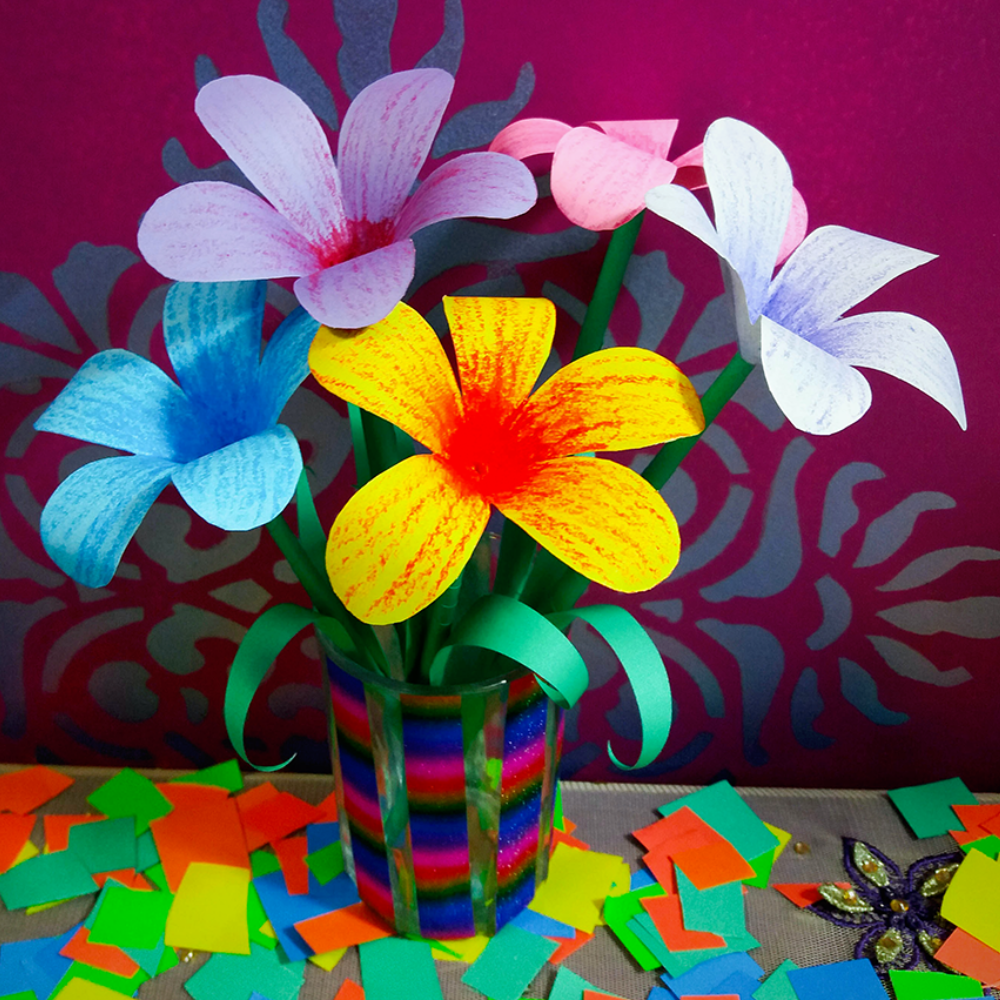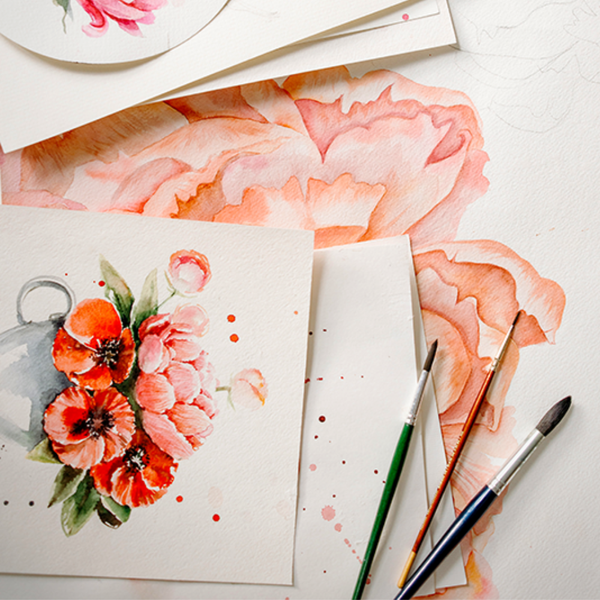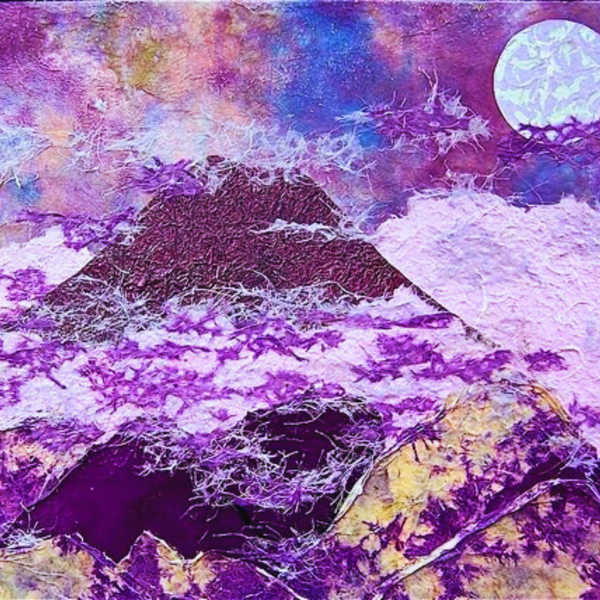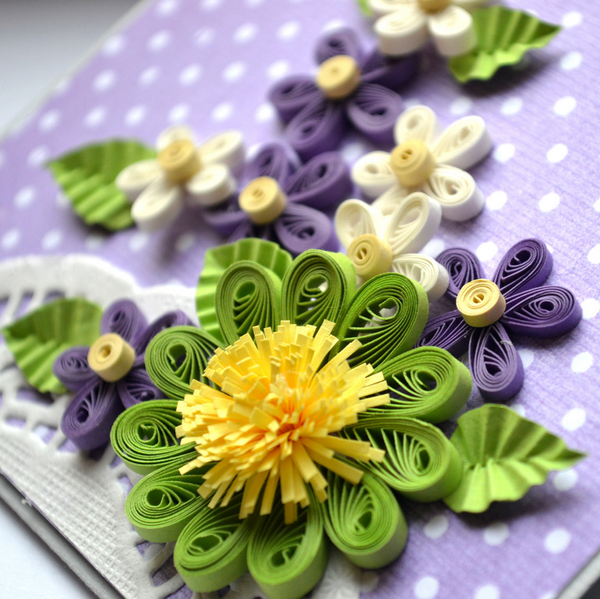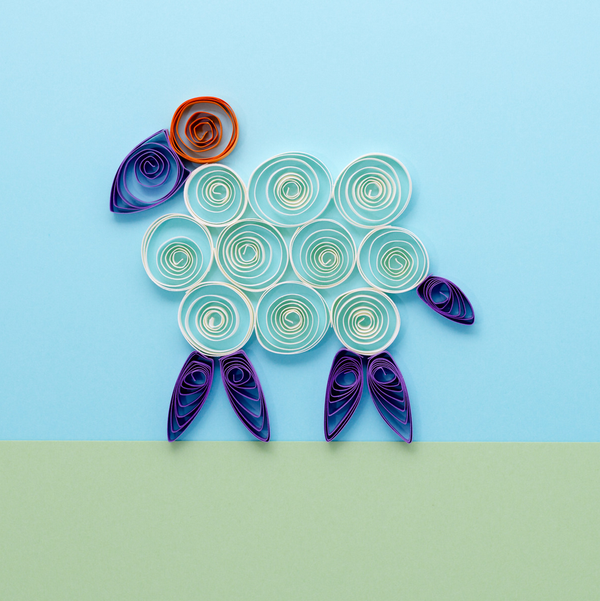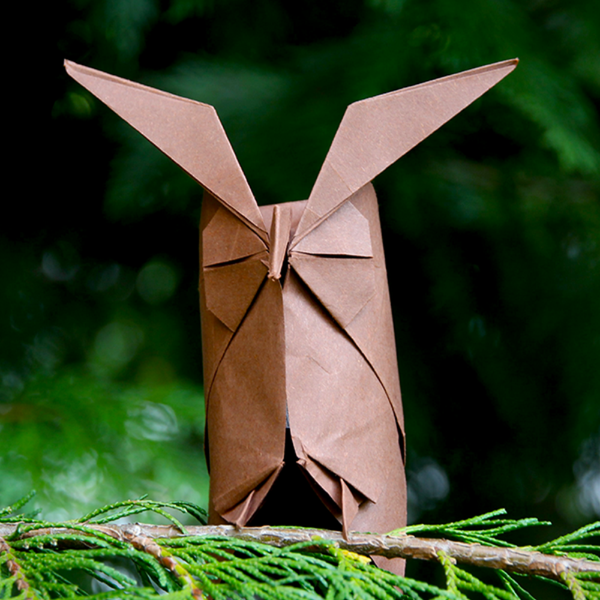Imagine a world where paper isn't just for writing but becomes the canvas for stunning three-dimensional masterpieces.
Welcome to the enchanting realm of paper sculpture, where every fold and cut breathes life into a once-flat surface.
Paper sculpture is an art form that transforms the humble sheet of drawing paper into breathtaking three-dimensional objects.
From the basic techniques to more advanced methods, this article will delve into the various techniques used in creating paper sculptures.
Whether you're an aspiring artist or a seasoned crafter, the techniques we're about to unfold will transform your approach to paper art and inspire you to create your own gallery-worthy pieces.
Let's dive into the mesmerizing world of paper sculpture and discover the secrets that make artists like Jen Stark and Peter Callesen masters of their paper craft.
Key Takeaways:
- Discover the diverse range of paper sculpture techniques, from basic folding to intricate cutting.
- Learn how paper can be transformed into stunning three-dimensional art by contemporary artists.
- Understand the importance of patience and precision in creating paper sculptures.


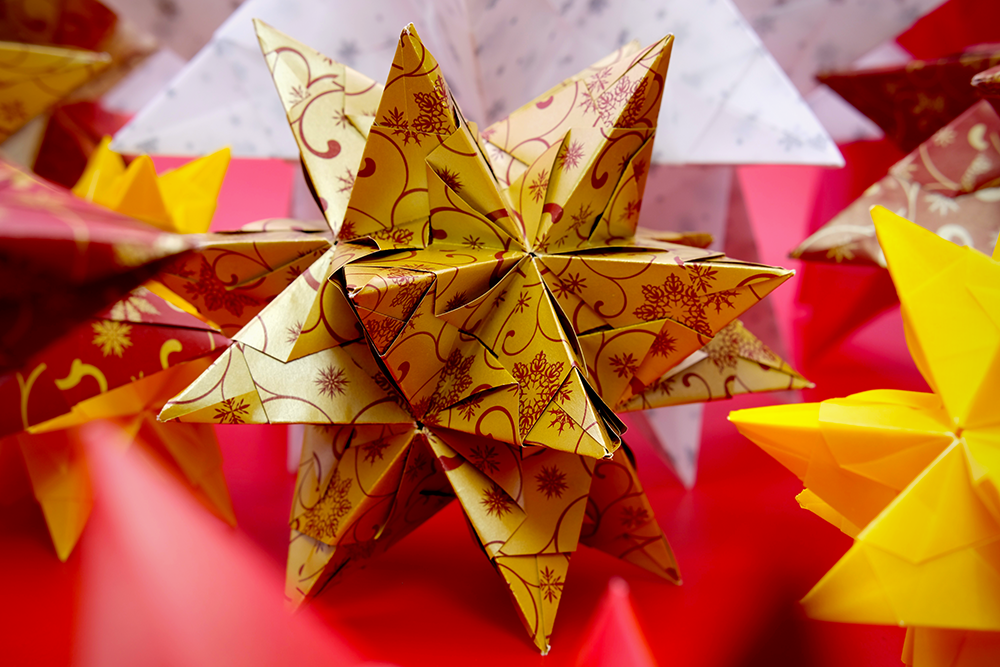
Foundation of Paper Sculpture
Creating paper sculptures begins with selecting the right materials and considering the kind of paper.
Cardstock is a popular choice due to its durability and ease of use.
The basic supplies needed include scissors, glue, and a tool for folding—each playing a crucial role in the sculpting process.
It's essential to choose high-quality tools to protect your work and ensure precision.
The first step in paper sculpture is often drawing or printing a design onto the paper.
This serves as a guide for cutting and folding, helping to maintain symmetry and proportion in objects such as human figures or trees.
The drawing acts as a map, directing the artist on where to apply the different techniques to create the desired form.
Cutting and Folding: The Core Techniques
Cutting and folding are the two primary actions in paper sculpture.
Folding techniques range from simple creases to complex origami patterns.
Each fold can make a big difference in the final piece, adding depth and dimension.
Scissors and other cutting tools allow artists to experiment with negative space, creating intricate patterns and textures.
Gluing is another essential technique, often used to join separate pieces of paper or to add stability to the sculpture.
When gluing, it's important to be precise and patient, as paper is a delicate material that can easily warp or tear.
Videos on platforms like YouTube can provide a visual step-by-step guide to mastering these techniques.
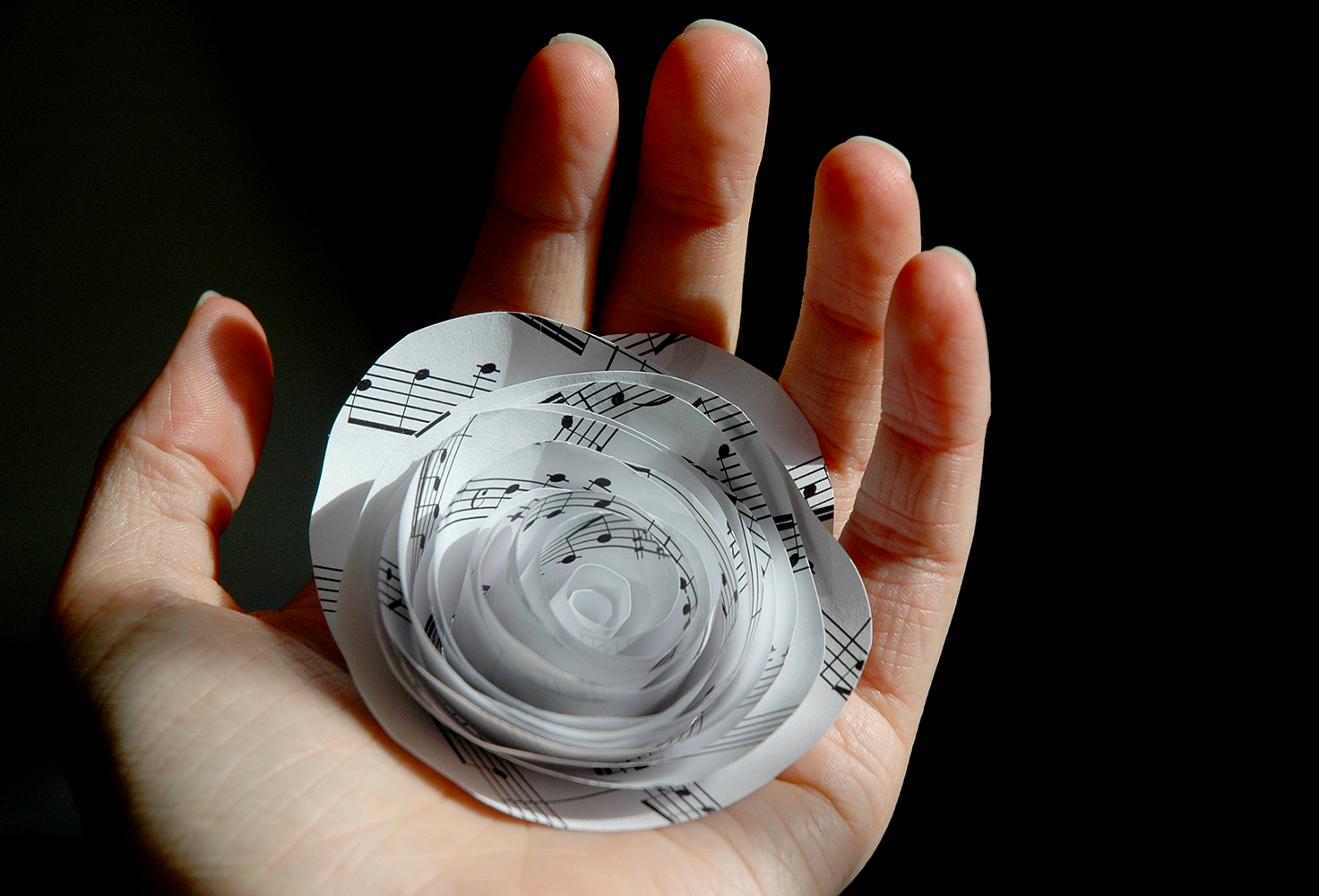
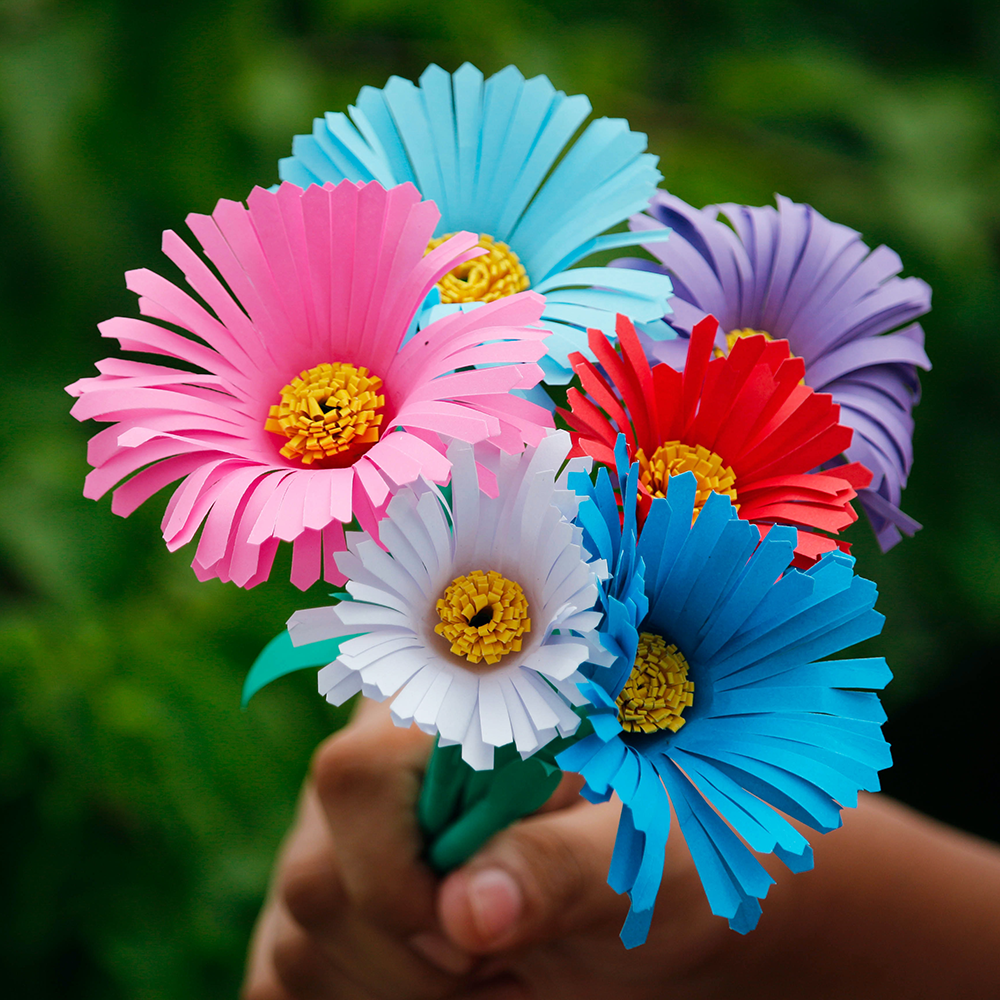
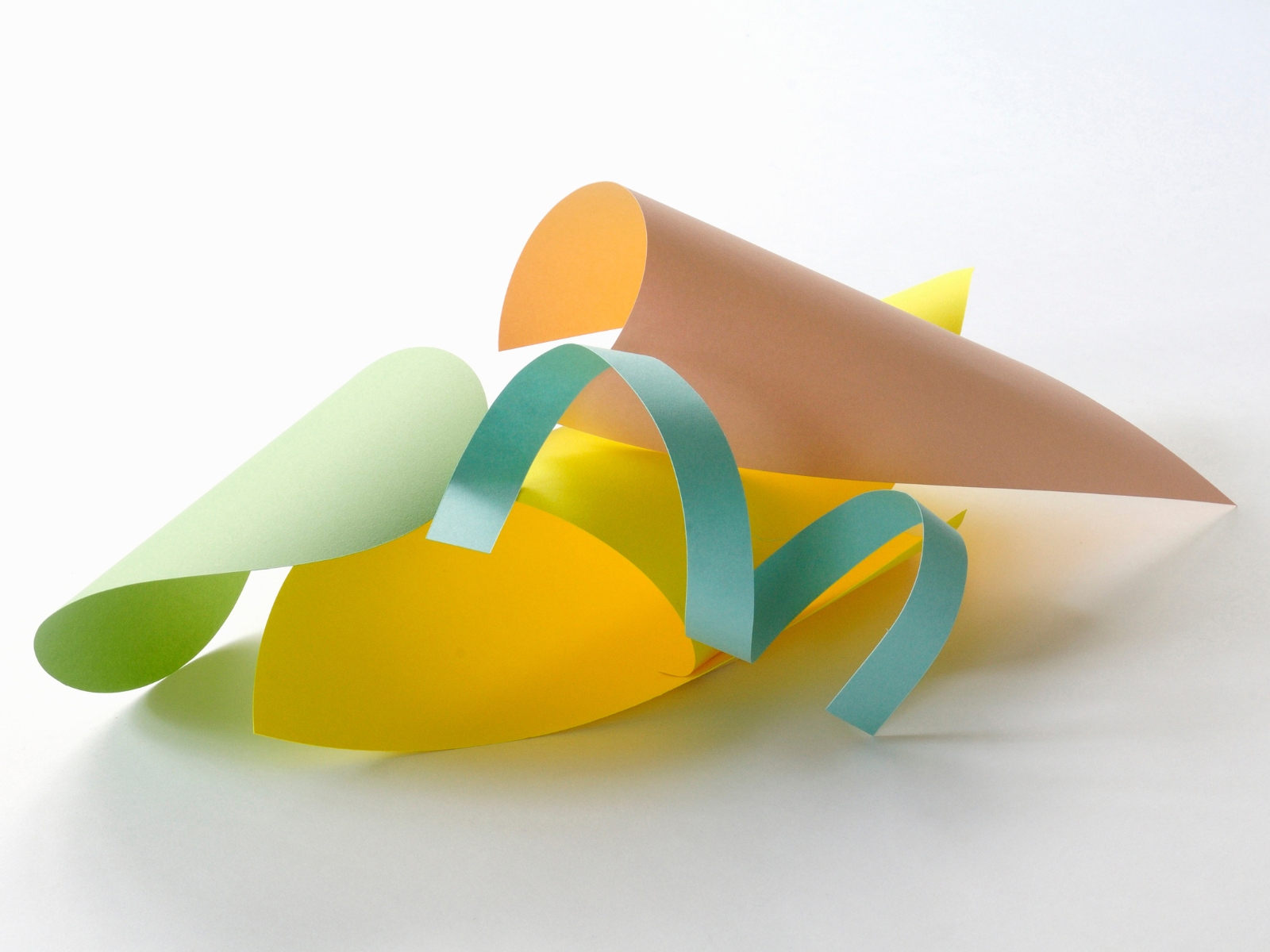
Role of Contemporary Artists
Contemporary artists have pushed the boundaries of paper sculpture, introducing new ideas and methods.
Jen Stark's vibrant, layered sculptures are an example of how color can play a significant role in paper art.
Peter Callesen, on the other hand, often uses a single sheet of paper to create intricate scenes, demonstrating the potential of negative space.
These artists inspire both students and seasoned sculptors to explore the medium's possibilities.
By studying their work, one can learn different techniques and apply them to their own creations.
Social media platforms like Facebook are excellent places to submit pictures of your work, receive feedback, and connect with other artists.
Creating Paper Sculptures
A step-by-step guide is invaluable for beginners, breaking down the process into manageable stages, allowing for practice and the development of skills.
Start with simple projects, such as origami animals or paper mountains, and gradually progress to more complex forms.
Videos and tutorials can be particularly helpful, providing a visual reference that can be paused and rewatched as needed.
Many artists and educators offer free resources online, making it easier than ever to learn and perfect the art of paper sculpture.
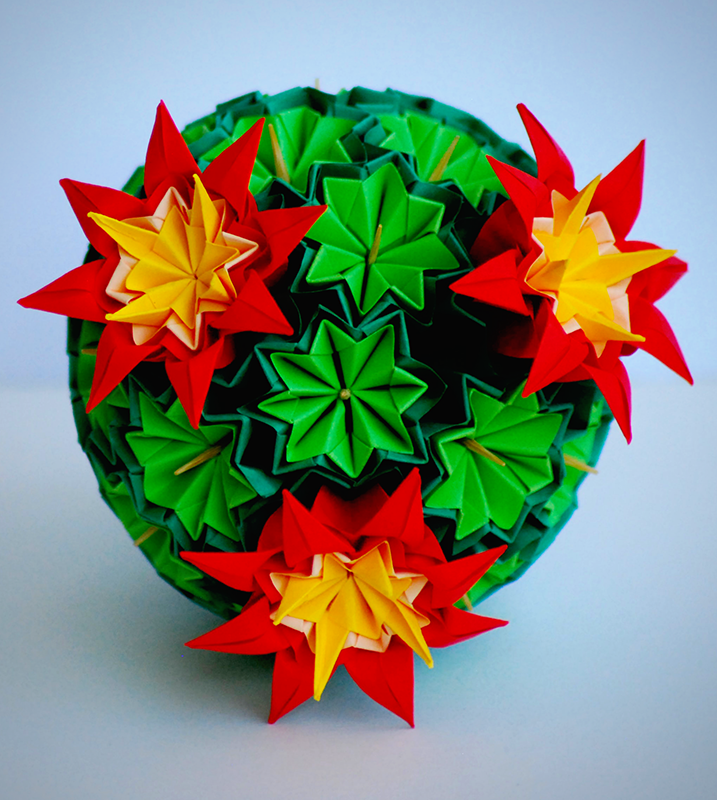
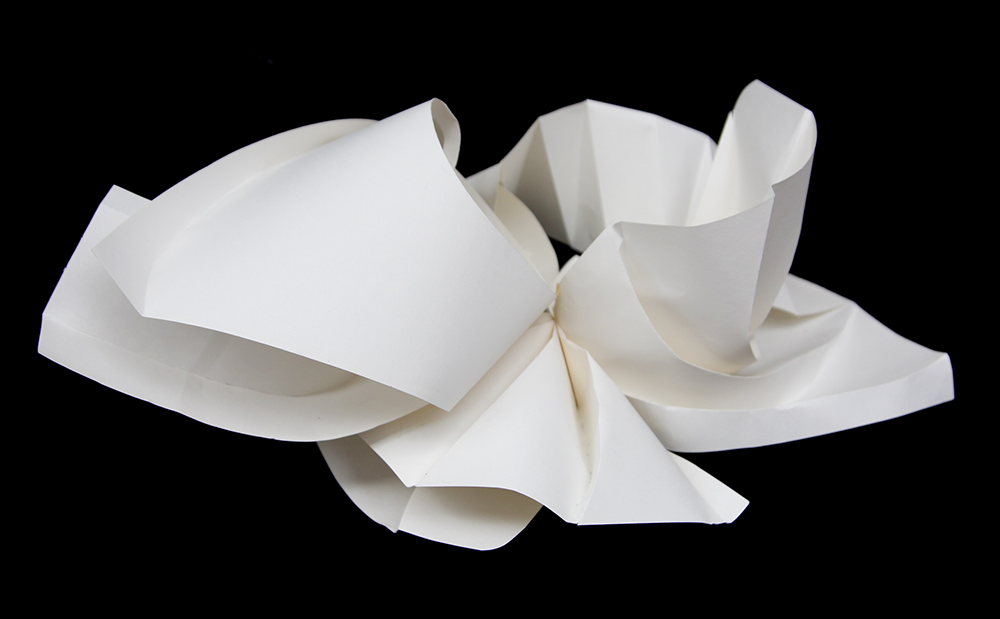
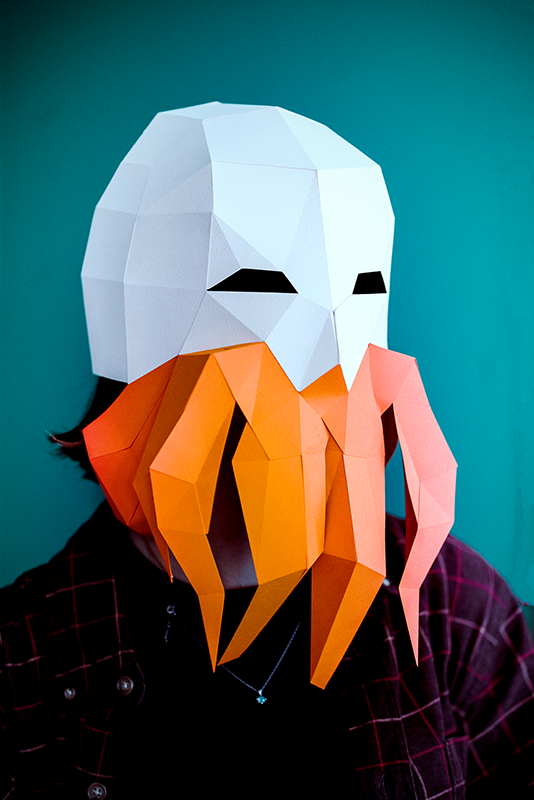
Experimentation and Practice
The key to mastering paper sculpture is practice.
Experiment with different techniques, such as layering, weaving, or embossing.
Each method can add a unique texture or effect to your work.
Don't be afraid to try new ideas or combine techniques to create something truly original.
Practicing also involves learning from mistakes.
Paper is forgiving in that it's inexpensive, so you can afford to make errors and learn from them.
Patience is vital, as some techniques can be time-consuming and require a steady hand.
Protecting and Presenting Your Work
Once a paper sculpture is complete, it's important to protect it.
Paper is vulnerable to environmental factors like humidity and light.
Sealants or display cases can help preserve your work.
When presenting, consider the viewer's perception—lighting and angle can make a significant difference in how the sculpture is seen.
Incorporating Paper Sculpture into Education
Educators can use paper sculpture to teach a variety of subjects, from art to science.
It encourages students to think in three dimensions and can be a fun, hands-on way to learn about geometry, symmetry, and balance.
Plus, it's an affordable activity that requires minimal supplies.
Incorporating paper sculpture into the curriculum can help develop fine motor skills, patience, and creativity.
It's an excellent way to engage students and encourage them to express themselves through art.
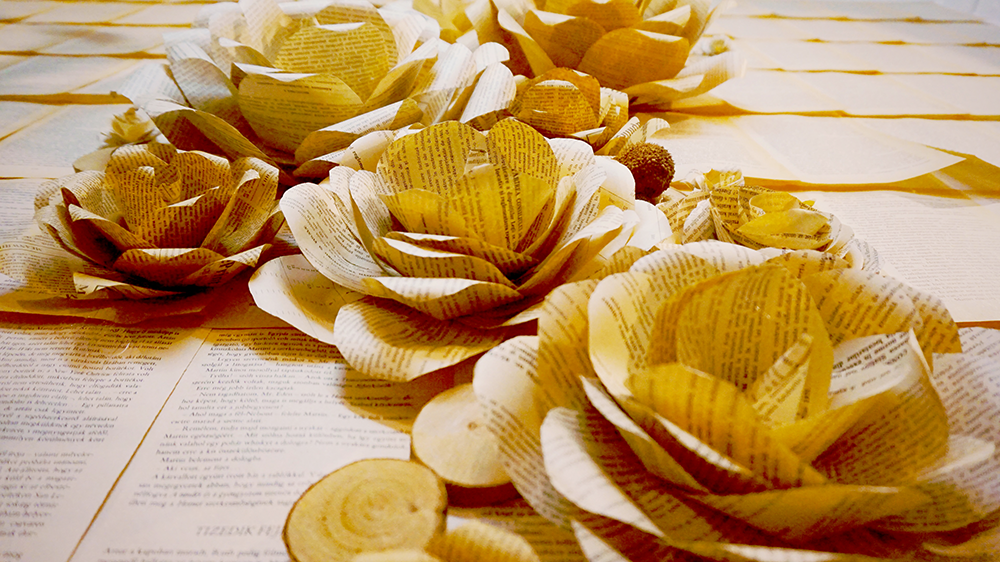


Final Fold in Paper Sculpture Mastery
Paper sculpture is a versatile and accessible art form that allows for endless creativity.
This art form is more than just a hobby—it's a gateway to unleashing your inner artist.
With the foundational skills of cutting, folding, and gluing at your fingertips, and the inspiration from trailblazers in the field, you're now equipped to embark on your own creative expedition.
Remember, the beauty of paper sculpture lies in the joy of the process, the evolution of your technique, and the unique story each of your creations will tell.
So, take a deep breath, steady your hands, and let your imagination lead the way to your next breathtaking masterpiece; the paper is your oyster, and the world eagerly awaits the pearls of artistry you're about to craft!
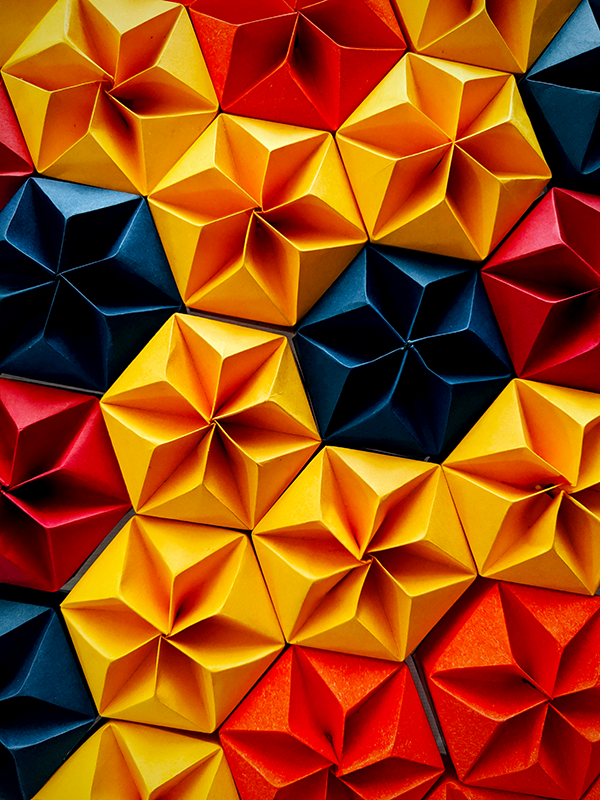
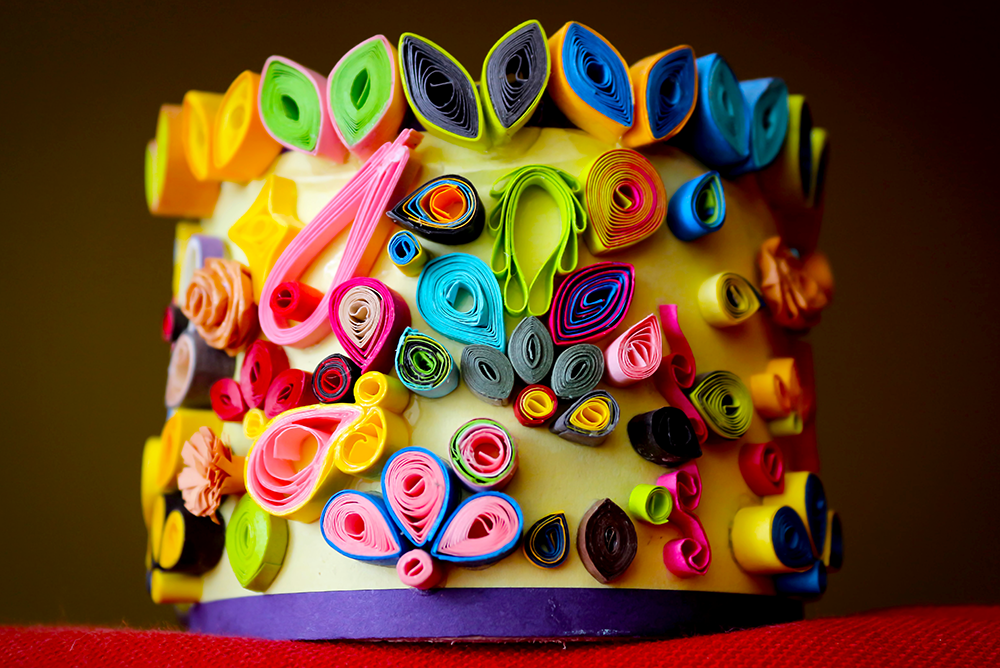

Paper Sculpture FAQs
Are you intrigued by the intricate art of paper sculpture but not sure where to start?
Fear not! We've compiled a handy FAQ section to help you unfold the mysteries of this delicate craft.
Whether you're a seasoned artist or a curious beginner, these answers will guide you through the essentials of creating your own paper masterpieces.
Let's cut to the chase and explore the fascinating realm of paper sculpture together!
What materials do I need to start creating paper sculptures?
To begin creating paper sculptures, you'll need cardstock or suitable drawing paper, scissors, glue, and a folding tool. Additional materials like paint can be used to add color to your sculptures.
How can I learn paper folding techniques?
You can learn paper folding techniques through online tutorials, YouTube videos, or by following a step-by-step guide in books or articles. Practicing origami is a great way to start.
Are there any communities or platforms where I can share my paper sculptures?
Yes, there are many online communities and social media platforms like Facebook where you can share pictures of your paper sculptures, connect with other artists, and receive feedback on your work.

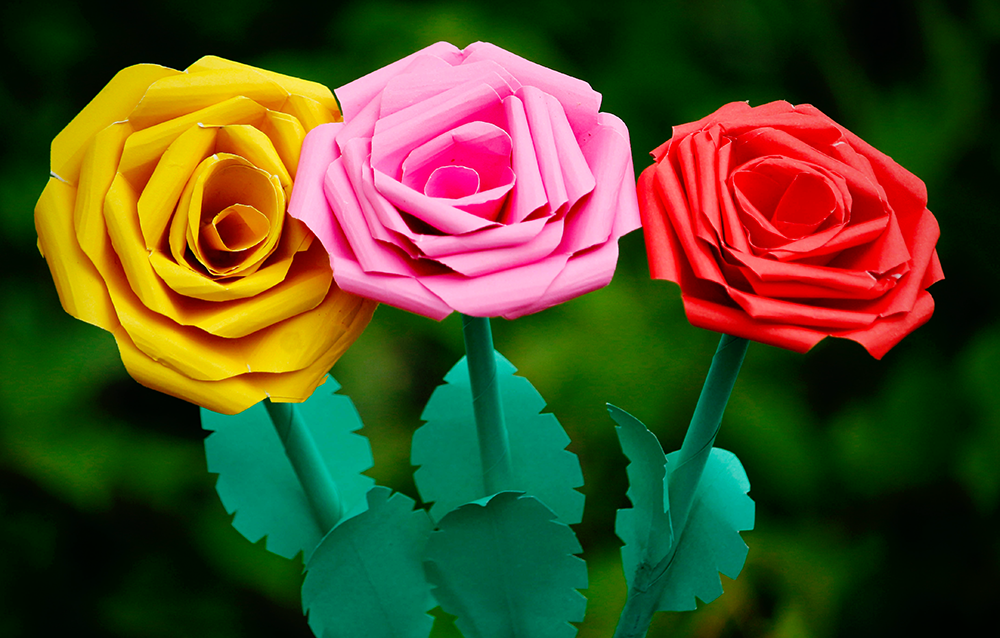
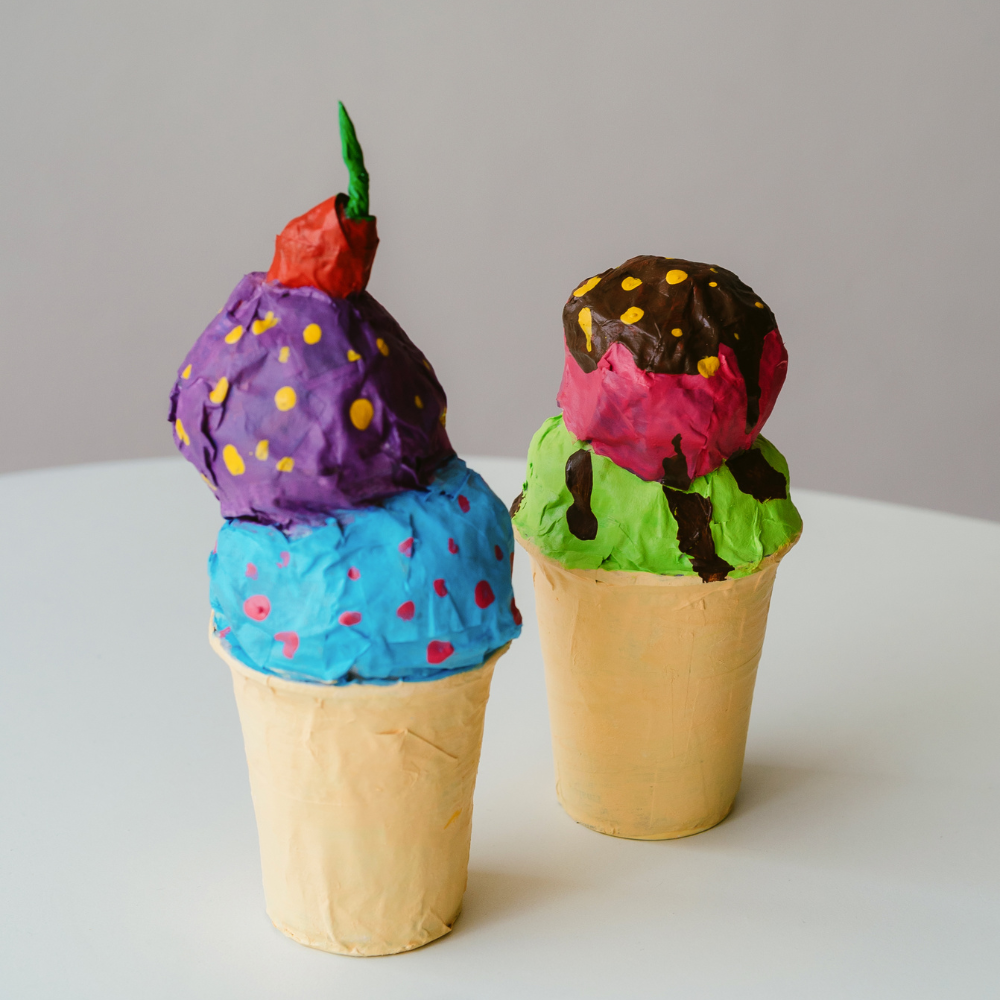
Interested in learning more paper sculpture techniques? Check out Orange Easel School of Art's video!
Want even more content about creativity and art?
Be sure to check out all of our creative chronicles!
Ready to get creative with paper?
Check out our other art paper articles:
-What paper do most artists use?
